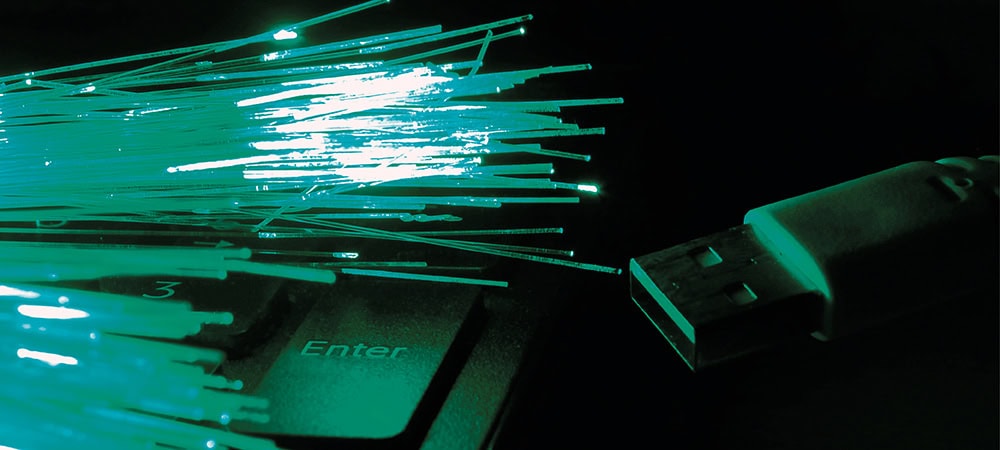The creative destruction


The economist and politician Joseph Schumpeter originated the dictum of creative destruction as the engine of all economic activity. With open source, a factor has appeared on the scene that puts a turbo on this engine.
Open source software not only spreads quickly and without limits, but there are also hardly any obstacles to its rapid commercial use.
So as soon as an open source solution has the technical maturity to replace a closed system, it will do so sooner rather than later. Strategies like Microsoft's "Fear, Uncertainty and Doubt" of the late nineties have failed.
The former arch-enemy of Linux has long since become a respected partner in open source communities, almost ten years later than SAP, but still.
Let's jump from the 20th century of Schumpeter and Microsoft to the present: The storage market is currently experiencing a similar turbulence to that of operating systems. Virtualization, hyperconvergence and software-defined storage are setting the pace.
And yet the situation is different. It is no longer "one against all", fortunately not "everyone against everyone" either. Instead, there is "coopetition" almost everywhere thanks to open formats, interoperability in the virtualization environment, thanks to Cloud Foundry or OpenStack.
Despite deserved market leadership, VMware, for example, is far from being the Microsoft of virtualization/cloud and actively participates in the communities.
Open source technologies such as the established ZFS or the emerging Ceph can also be found in commercial products or stacks.
For users, this means that additional criteria are becoming important for the selection of provider, product and technology. Although these apply everywhere where open source and partial cooperation, even between competitors, are involved, they are currently particularly evident in the example of storage.
First of all, the number of options increases. In addition to purchasing a product, whether as an appliance or separately as a software product, there is always the option of setting up a precisely fitting solution yourself consisting purely of open source components.
In the long term, it may well be worthwhile to build up the corresponding expertise. Technologies that come into question for this should have an active, preferably heterogeneous developer community.
As a rule, however, the user will not want to do without manufacturer support, especially in the case of storage, and will therefore want a product. Open source should be kept in mind when evaluating it.
The first question is whether the product itself is based on open source technology. This is the case, for example, with Nexenta products (ZFS) or Suse Enterprise Storage (Ceph).
Should a manufacturer ever leave the market or change its product strategy following an acquisition, for example, the open source base can be a good investment protection.
Those who opt for proprietary systems, for example because of the manufacturer's strong market position or unique technical selling points, should look at whether and how the manufacturer is involved in relevant communities and how its products integrate into the relevant stacks.
This may also become relevant in the medium term, even if it did not play a role at the time of the product decision.
Last but not least, the hardware manufacturer also plays a decisive role in the selection of products for hyperconvergence or software-defined storage. Ideally, the hardware manufacturer has built up its own SDS expertise with various technologies, is active in the open source community and is involved in exciting projects.
The point of any destruction in the Schumpeterian sense is, after all, to build something better, whether it is in the world of storage or somewhere else.





